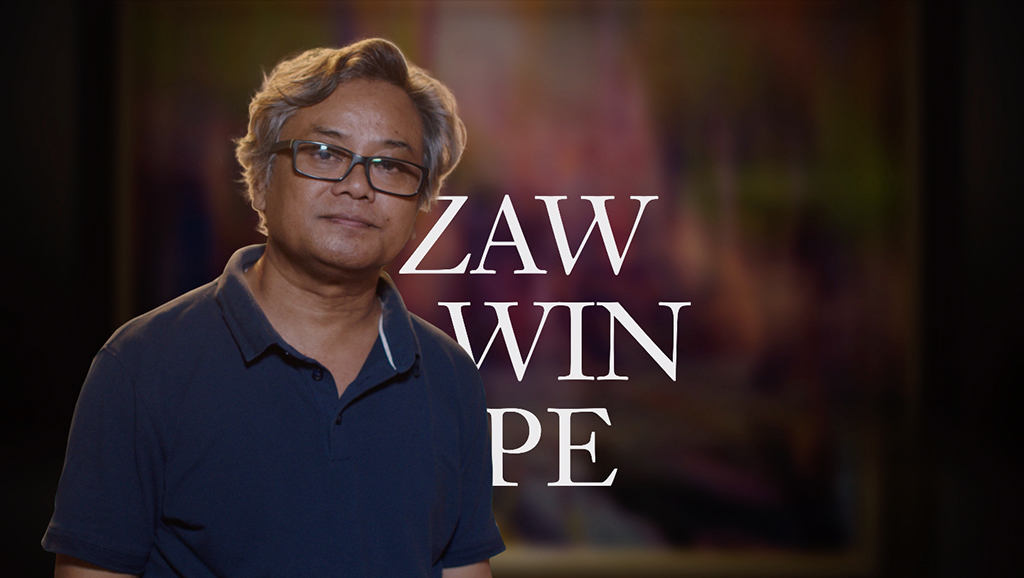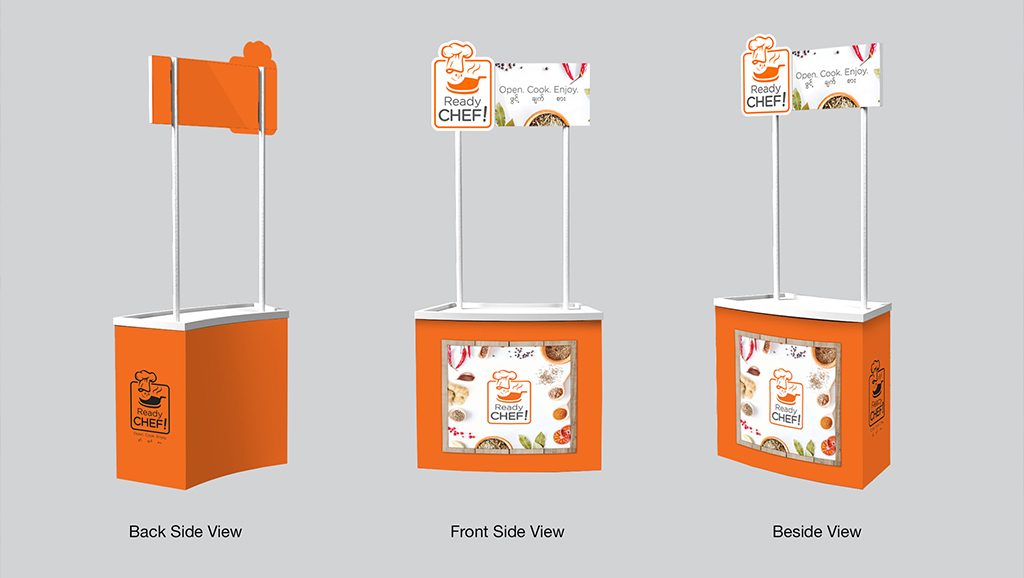

Influencer marketing is one of those buzzwords flying around all over the place in 2016, but there’s a good reason for it: It is one of the most effective communication channels available, it works for most types of businesses, and it provides one of the highest ROI of any medium today. There are a lot of different types of influencer marketing making it hard to pin down an exact definition, but a broad one exists. It is using a person or brand with an existing following to promote your own brand, product, or service.
We’ve written in the past about the importance of content and events to reach consumers who increasingly tune out, ignore, or just flat out block traditional ads. Influencer marketing is another way that brands can reach customers who might otherwise miss the message. What all three of these classes of marketing have in common is that they present something interesting, useful, entertaining, or otherwise valuable to consumers who willingly come to the message rather than having it pushed on them.
Different types of influencer marketing
Influencer marketing can take many different forms, but is most common on social media where those with a following can leverage that audience on behalf of a brand, usually in return for compensation of one type or another. This can range from merely sending a free product to a blogger, to paying half a million dollars to a Kardashian for a single Instagram post. Either way, the influencer has built up an audience that trusts them, and thus trusts the brand message that comes from them much more than had it come from a TVC or other traditional ad medium.
Most influencers are fairly picky about the brands they will work with, since that trust we just mentioned is something they’ve earned over time. Were they to go ahead and recommend a bad product in exchange for a quick payment, they’d soon find their audience turning against them and tuning out. Because of this, even brands with deep pockets sometimes find the influencer of their choice will not work with them. One of the biggest challenges of influencer marketing is actually finding an influencer who is the right fit for a brand or product.
What influencers expect in return for promoting a brand or product
This question really depends a lot on the brand and the influencer. There are times when someone just enjoys a product so much that they promote it out of nothing more than the desire to share what they love with their audience. It’s rare that brands get this lucky, but there is a very common way for companies to get free exposure while influencers also get a reward for their efforts: Affiliate links.
If you’ve ever read a review online for anything, from a hotel room to a baby stroller, or a nutritional supplement to an electronic product, chances are that the person who wrote the review linked to an e-commerce site (most likely Amazon) with a unique link that identifies them and pays them a commission if you ultimately buy that product. Nearly all influencers disclose this practice, though it’s still a side of the internet most people don’t even know exists. Still, it’s a huge part of what makes influencer marketing work.

Other arrangements companies come to with influencers
Affiliate links aren’t the only way to give a cut to influencers from their sales referrals. Brands often assign unique checkout codes for their endorsers to share. While affiliate commissions usually come from the e-commerce platform and aren’t paid by either the seller or the buyer, these discount codes usually cost brands more since they pay a cut to the influencer and incentivize that person and his or her followers with a discount. These discount codes make a company’s efforts and ROI very easy to track
Cash is king
Of course, big brands tend to have to pay up for influencers to promote them, though there is still great value there when this is done right. Compared to what a company pays for all the production and distribution of an ad, they can pay a small fraction of that to an influencer to create something much different and in some ways, better. The influencer will likely create the content themselves, and while it may be less professional and polished, this is often a feature and not a bug. There is a lot of authenticity to this style. And since the influencer already has the audience built up, that takes care of the distribution side too. It’s a win-win for the brand and the influencer who both gain a lot from the exchange.
Finding your brand’s influencer
Influencer marketing is an important part of the marketing mix for most brands today. While it is rarely a substitute for more traditional marketing, it is often a great complement to it. When a company finds the perfect influencer for their product or service, they often get great content, exposure to new audiences, and a reliable sales funnel that continues producing leads for a good long while. Influencer marketing isn’t just for those who can pay six figures to huge celebs. There are plenty of niche opportunities out there as well, and smart brands are constantly on the lookout to find them.




















